Prepper Pantry Guide: Easy Ideas & Food Storage Tips
Are you ready for anything life throws your way? Whether it’s a natural disaster or a doomsday scenario, having a stocked prepper pantry can mean the difference between survival and chaos.
It’s not just about having enough food and water, but also having the right supplies to keep you and your loved ones safe and secure.
In this article, I’ll share some creative ways to stock, organize, and maintain your prepper pantry, so you can be confident that you’re prepared for anything.
Pin this post for later!
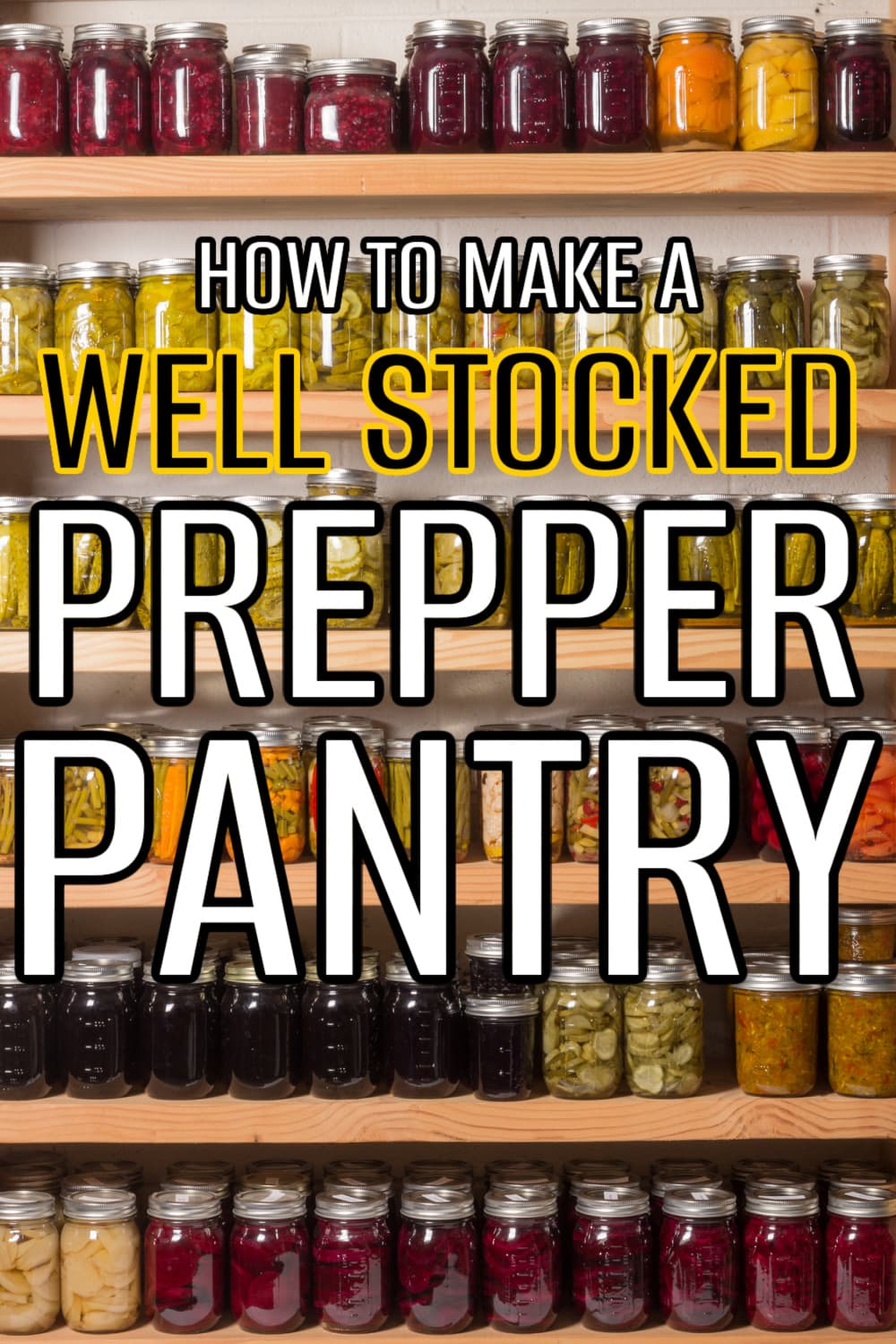
(This post contains affiliate links. If you click one and make a purchase, I may receive a commission at no extra cost to you. Read the disclaimer here. Thank you for your support!)
You won’t be surprised to hear that non-perishable and shelf-stable foods are your best bet. Think canned fruits, veggies, and meats, as well as dried goods like rice, beans, and flour.
And don’t forget the basics – peanut butter, bouillon cubes, and spices can add variety and flavor to your emergency food storage while also lasting for a long time.
But stocking your pantry is only half the battle – organization is key. Consider investing in shelving to make rotation and access a breeze.
Whether you have a dedicated room or are using a hallway lined with storage cabinets, proper organization will ensure your pantry stays up-to-date and you have everything you need, when you need it.
Grab a cup of coffee and read on to find out everything you need for your perfect prepper food pantry!
Why You Need a Prepper Pantry
Natural Disaster Preparedness
You never know when a natural disaster, such as hurricanes, tornadoes, or earthquakes will strike, leaving you without basic necessities like food or water.
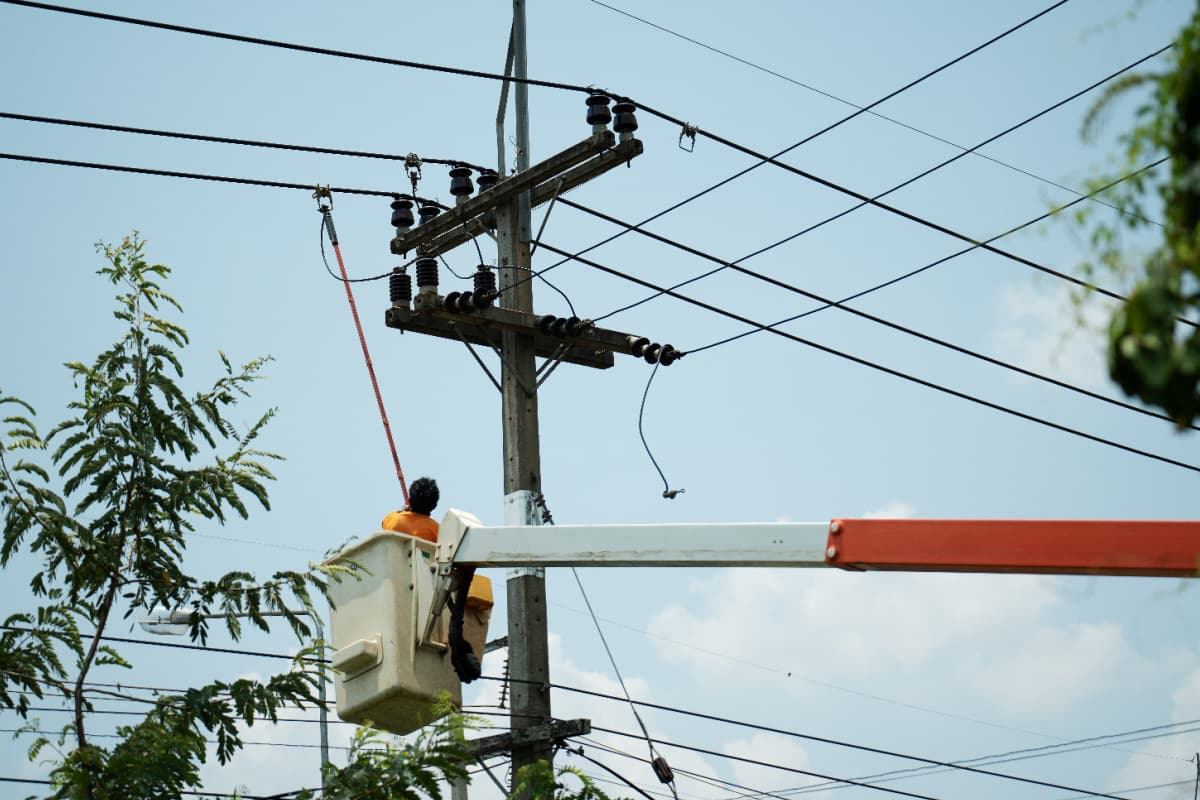
Sometimes it takes days or even weeks to get help when SHTF, and you don’t want to be stuck waiting around.
By setting up a prepper pantry, you’re better prepared to face these unpredictable events and have a stable food supply for you and your family’s needs.
Long-Term Food Storage
Prepper pantries allow for long-term food storage solutions, which is essential during emergency situations.
They mostly include non-perishable items with long shelf lives, such as canned goods, dried foods, and various food preservation techniques. This way, you make sure that your food remains viable and safe to consume over an extended period.
You can get large #10 cans of emergency survival food that will last up to 20 years!
Once your garden starts producing, you’ll want to have a way to preserve all that goodness that you worked so hard for.
Emergency Food Supply
When establishing a prepper pantry, your goal should be to stock it with an emergency food supply that lasts anywhere from three to 12 months.
If you ever find yourself in an emergency situation, such as a job loss or extended illness, your prepper pantry will be your backup, ensuring that you have easy access to food you need to survive, without relying on grocery stores or other external sources.
One really great goal is to get a 3 month supply of emergency food stored up for each of your family members. Don’t forget to store enough water for each person too!
Choosing the Right Foods
Canned Goods
When starting your prepper pantry, make sure to include a variety of canned goods. These are easily found at your local grocery store and offer a long shelf life.
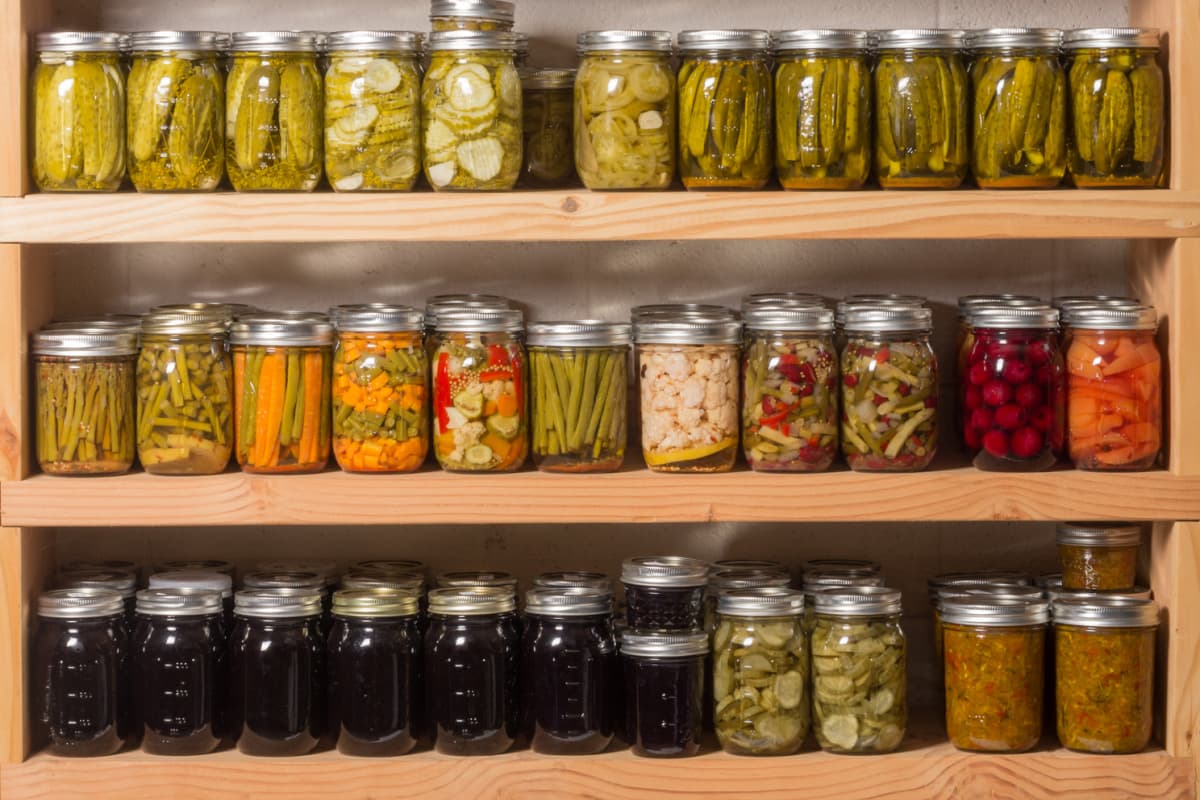
You can stock up on canned fruits, vegetables, meats, and soups to ensure you have a diverse selection. Remember, it’s essential to check expiration dates and rotate your canned food supply.
Try to avoid cans that are dented on the seams just to be safe.
Keep an eye out for sales and stock up on canned beans, tuna, chicken, and veggies when they’re extra cheap!
Dry Foods
Dry foods are another staple for a well-stocked prepper pantry. Items like rice, pasta, beans, and oats provide lots of nourishment and have a long shelf life.
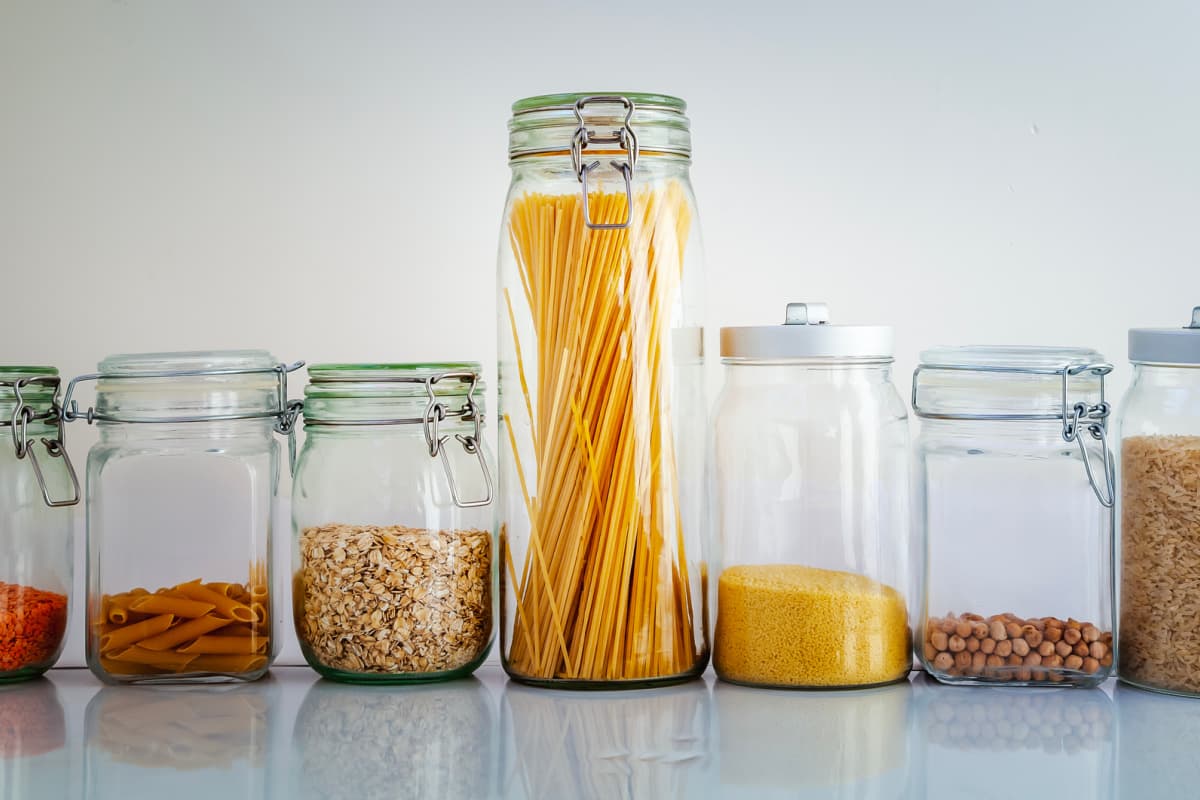
Store these in airtight containers to keep them fresh and protect against pests.
I recommend to store this kind of food in mylar bags with a couple oxygen absorbers thrown in. Then you can place the mylar bags in food safe 5 gallon buckets with a plastic lid and it’ll be long lasting and pest proof.
Dehydrated Foods
Consider including dehydrated foods in your pantry. They are lightweight and compact, making them excellent space savers.
Dehydrated fruits, vegetables, and meats have an extended shelf life when stored properly in cool, dry, airtight containers.
You can purchase dehydrated food, or invest in a dehydrator of your own and make your own versions. I love making dehydrated apple slices, but they never last long enough for storage because they all get eaten as soon as I make them!
Freeze Dried Foods
Freeze-dried foods are a popular choice for prepper pantries because of their long shelf life, ease of storage, and lightweight nature.
Freeze-drying is a process that removes all the moisture from food, making it less susceptible to spoilage and bacterial growth. This method of preservation also retains the food’s nutrients and flavor, making it a great option for emergency situations where fresh food may not be readily available.
Freeze-dried foods come in a variety of options, including fruits, vegetables, meats, and even complete meals, making it easy to create a well-rounded pantry.
Keep in mind that freeze-dried foods can be more expensive than other options and may require more water to rehydrate, but you can’t beat the quality and storability.
If you have your own garden or you’re part of a local CSA, it might be a good idea to invest in your own freeze drying system.
The Harvest Right freeze dryer is a popular choice and a must have for the serious prepper.
You can store food for years and years and it’ll taste as fresh as the day it was preserved. Seriously!
Survival Foods
Lastly, invest in some survival foods. These specially designed foods have an extended shelf life and are made for emergencies.
They include freeze-dried meals, meal replacement bars, and long-lasting water pouches. Be sure to choose options that meet your dietary needs and taste preferences.
If you don’t want to eat it, it’s not going to do you any good.
By including a variety of canned goods, dry foods, dehydrated foods, and survival foods in your prepper pantry, you’ll be well prepared for any food shortages or emergency situations that may come your way.
One of my favorite places to buy survival foods is My Patriot Supply. They have a great selection, good prices, and the food is really awesome quality.
Storage Containers
Mylar Bags
Mylar bags are great for storing dry goods, such as beans, rice, and pasta. They are durable and can protect your food from moisture, light, and pests.
To properly use Mylar bags, you’ll need oxygen absorbers and a heat sealer. Simply place the food into the bag, add the oxygen absorber, and carefully seal the bag with the heat sealer.
If you have a hair straightener, it’ll work to seal the bags! That’s what I use.
Food Grade 5 Gallon Buckets
For larger quantities of food, consider using food-grade 5-gallon buckets. These buckets are sturdy, have airtight lids, and can protect from contaminants, pests, and moisture.
Ensure you are using food-grade buckets to avoid any possible chemical leaching. Store your food in Mylar bags or vacuum-seal them before placing them in the buckets for added protection.
Check your local farm store and see it they have these in stock. I’ve bought a ton of these from Blain’s Farm and Fleet.
Mason Jars
Mason jars are suitable for smaller quantities of food and for items like spices, seeds, and home canned foods. They’re airtight, reusable, and ideal for organizing your pantry.
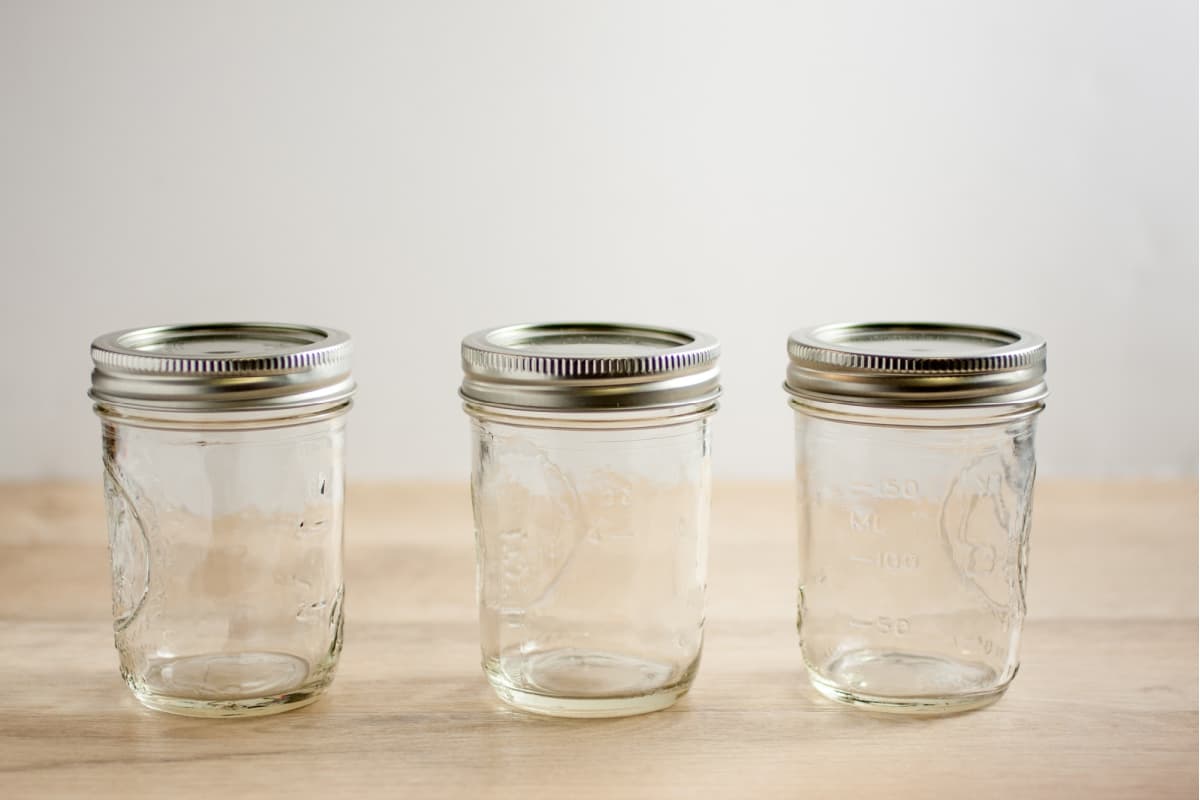
If you’re canning your food using mason jars, make sure to check the lids for a proper seal, and label the contents with the date added.
For dried goods, you can get a vacuum sealer with a jar attachment to remove the oxygen and prolong the shelf life.
Or you can pop in a couple oxygen absorbers before you put them on the shelf.
Plastic Bins
Plastic bins with secure lids are another excellent option for storing prepper pantry items.
Choose bins that are food-safe, stackable, pest proof, and easy to label. These bins are perfect for storing boxes of pasta, as well as other pre-packaged items like granola bars and energy bars.
I found some plastic bins at my local Walmart that are perfect for storing our kids stockpile of macaroni and cheese!
Remember, proper storage containers are an essential part of maintaining a well-stocked prepper pantry. You don’t want to spend all that money and time on food preps, only to find out you’ve got an infestation going on or a bunch of it ends up going bad on you.
Utilize these storage methods to keep your supplies safe, fresh, and easily accessible in case of an emergency.
Organizing Your Prepper Pantry
Prepper Pantry Inventory List
When setting up your prepper pantry, it’s crucial to maintain an inventory list to keep track of your stored food. This way, you can plan for restocking when necessary and avoid adverse effects on shelf life due to expired items.
To start, create a complete list of all the food you store, including quantities and expiration dates. Be sure to include both food staples and non-food items that might be helpful during emergencies, such as first aid supplies.
Shelf Organization Ideas
Organizing your food stock by category can help maximize your pantry’s efficiency. Here are some suggestions for shelf organization:
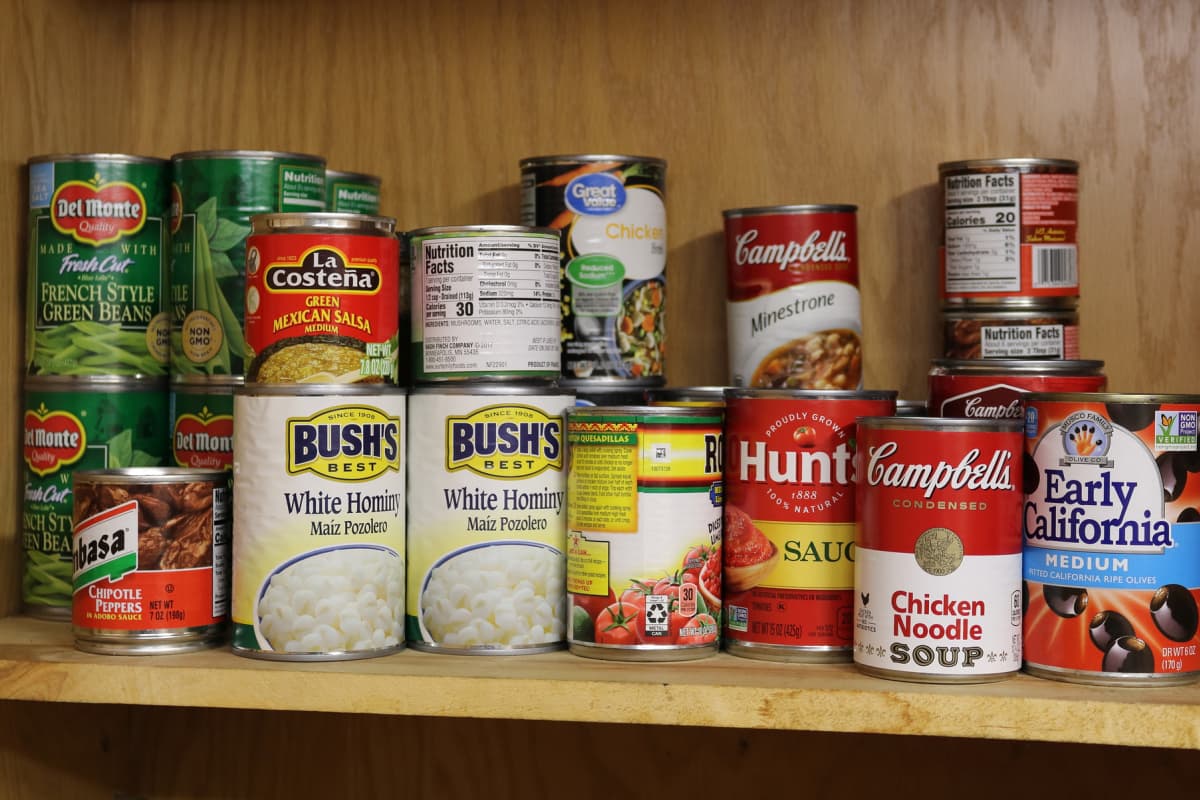
- Long shelf-life items: Place long-lasting items like white rice, dried beans, and canned goods on the bottom shelves. Rotate them according to their expiration dates, with the least time remaining at the front.
- Short shelf-life items: Store items with a shorter shelf-life, such as baking ingredients, at eye level to easily monitor their freshness.
- Frequently used items: Place the items you use regularly, such as salt or sugar, at a reachable, convenient height.
- Non-food essentials: Designate a space for non-food items like water, batteries, and emergency supplies.
Optimizing Space
If your prepper pantry is located in a small space or a kitchen cupboard, it’s essential to make the most of the available area. Here are some tips:
- Use stackable buckets: Opt for stackable food buckets to securely store items like grains, beans, and pasta while maximizing vertical space.
- Utilize wall space: If you lack floor space, consider installing shelves or wall-mounted organizers. This will free up more room and help you arrange your supplies neatly.
- Take advantage of high kitchen ceilings: When facing small square footage, look for creative solutions to expand your storage, such as installing shelves on the upper parts of your high-ceilinged kitchen.
- Hidden spaces: Transform underutilized areas, such as a crawl space or underneath furniture, into storage spaces.
Remember, the ideal place for your prepper pantry is a cool, dry room away from direct sunlight and moisture to maintain the nutritional value and shelf life of your food. Keep your pantry at room temperature to minimize adverse effects on the food supplies. Don’t forget to consider water sources and other essential resources when mapping out your pantry’s location.
Maintaining Your Prepper Pantry
Shelf Life and Storage Conditions
To make the most out of your prepper pantry, you need to pay attention to the shelf life and storage conditions of your food items.
Keep an eye on factors such as temperature, humidity, and light exposure, as these can affect food quality. Store your food in a cool, dark, and dry place to extend its shelf life.
Checking Expiration Dates
Always check the expiration dates on your food items. This practice helps you identify which items are close to expiring, and you can plan to consume them before they spoil.
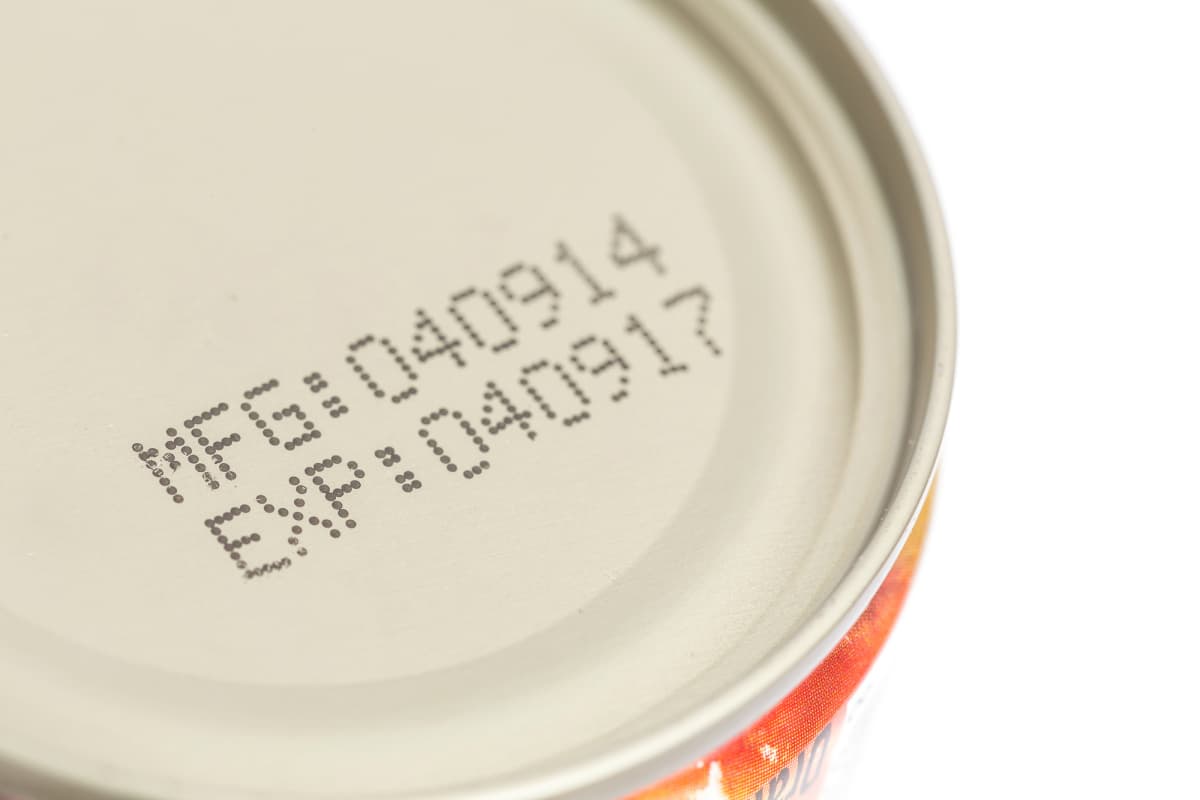
Keep a simple tracking system like a spreadsheet or a log to monitor expiration dates and ensure your pantry stays organized.
Rotating Your Stock
Rotate your stock regularly to avoid food waste and ensure you’re consuming your stored food items before they expire.
Place newer items at the back of your shelves and move the older items to the front for easier access. This method, called FIFO (First In, First Out), can help keep your pantry fresh and organized.
Replenishing As You Use Stuff
Lastly, don’t forget to replenish your pantry as you use items.
Make it a habit to replace food items as they’re consumed, but also seize opportunities to stock up when there are sales or special discounts.
This way, you’ll always have a well-stocked prepper pantry, ready for any situation.
Additional Helpful Prepper Items to Have on Hand
Medical Supplies
Having a well-stocked medical supply kit is crucial for any prepper pantry.
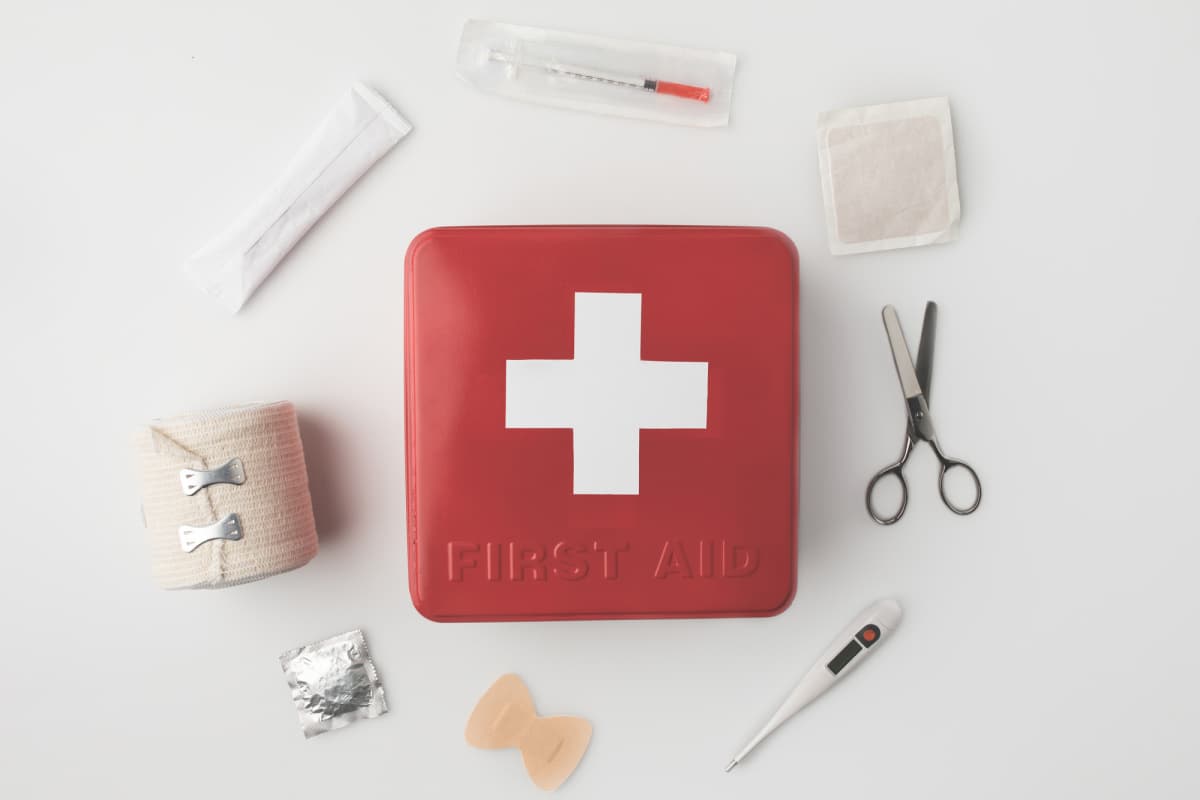
Your kit should include items like:
- Band-aids
- Gauze
- Medical tape
- Antiseptic wipes
- Tweezers
- Scissors
- Pain relievers (aspirin or ibuprofen)
- Allergy medicine (antihistamines)
Remember to check the expiration dates and replenish your medical supplies regularly.
Solar Panels
Investing in solar panels is a wise decision for preppers. They provide a renewable energy source during a power outage or an off-grid situation. Solar panels can be used to power:
- Lights
- Electronic devices
- Small appliances
- Heating and cooling systems
Research the best solar panel systems for your needs and budget, and consider purchasing a portable solar charger for emergencies.
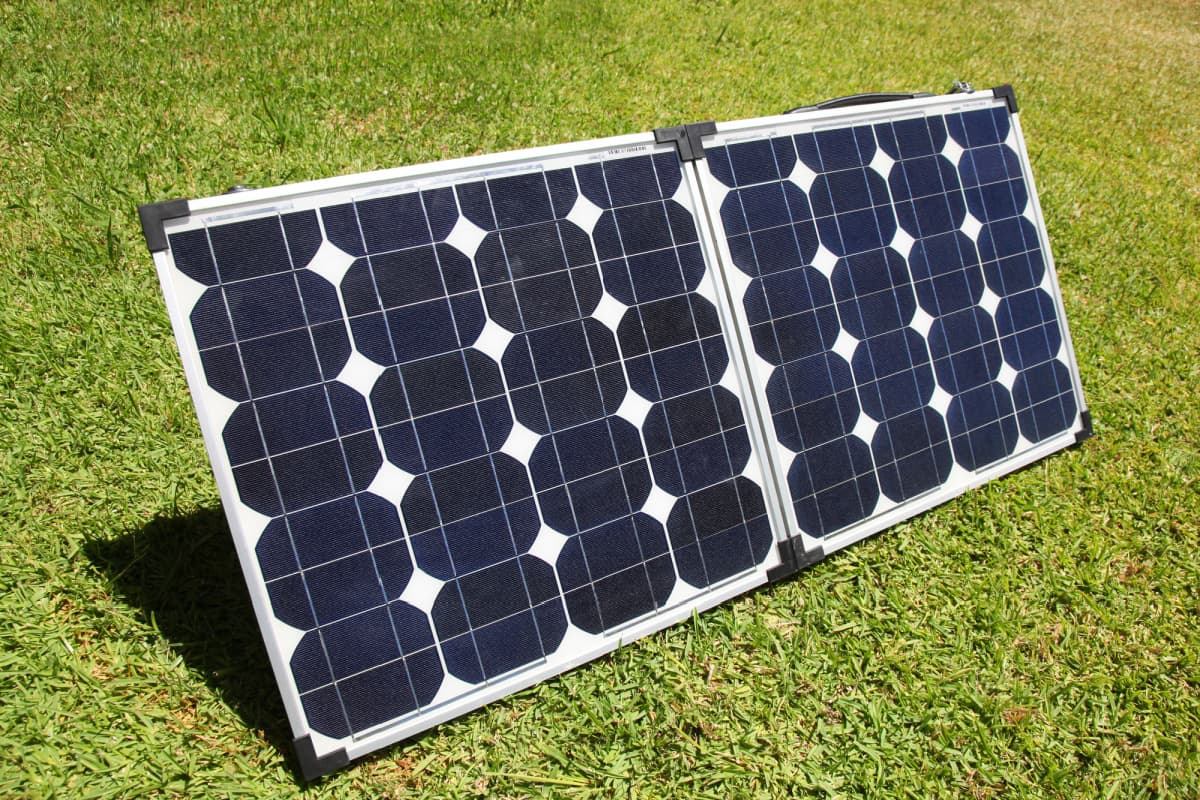
Emergency Supplies
Stocking up on essential emergency supplies can make a significant difference in a crisis. Some items to consider include:
- Flashlights
- Batteries
- Portable radio
- Multi-tool
- Duct tape
- Rope or paracord
- Matches or a lighter
- Emergency blanket
Keep your emergency supplies in a centralized location, so it’s easy to access when needed.
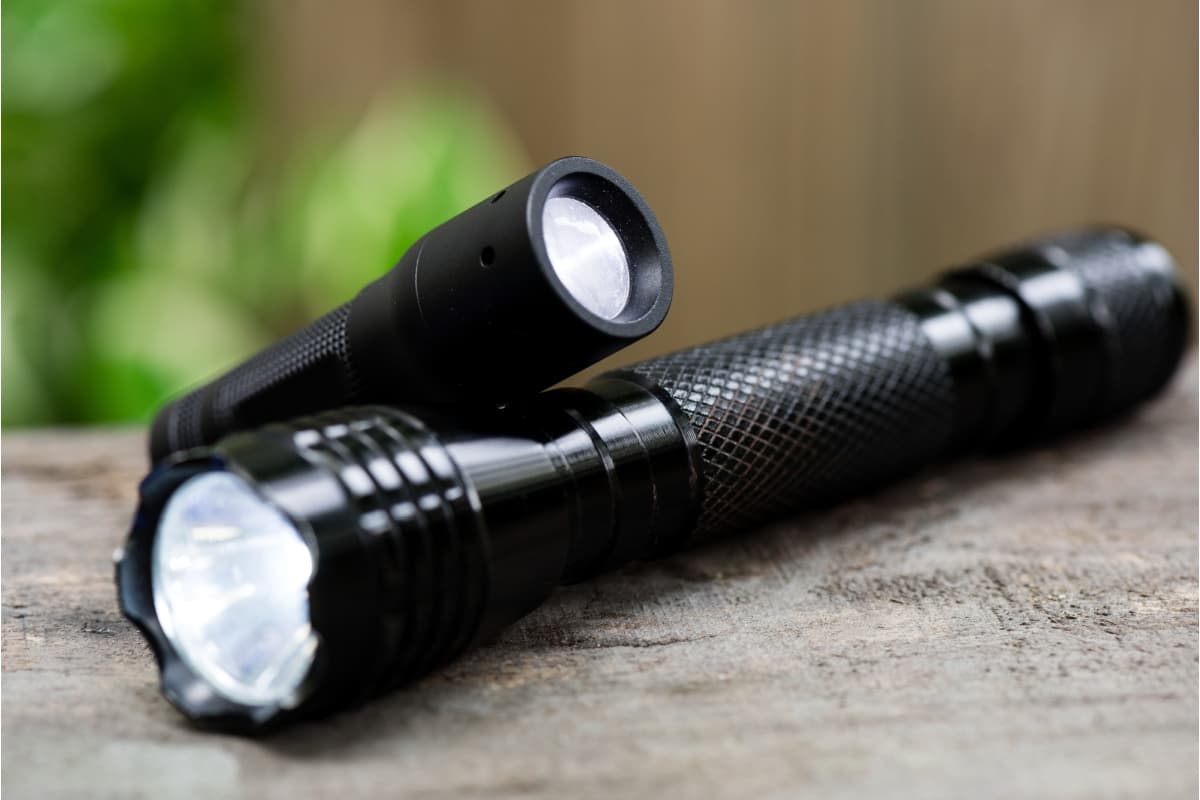
Water Storage
Water is vital for survival, and having a proper water storage system in place is critical for any prepper pantry. Ideas for water storage include:
- Large water containers (5-7 gallons)
- Water bricks or stackable containers
- WaterBOB (bathtub water storage)
A general guideline is to store at least one gallon of water per person per day for a minimum of two weeks.
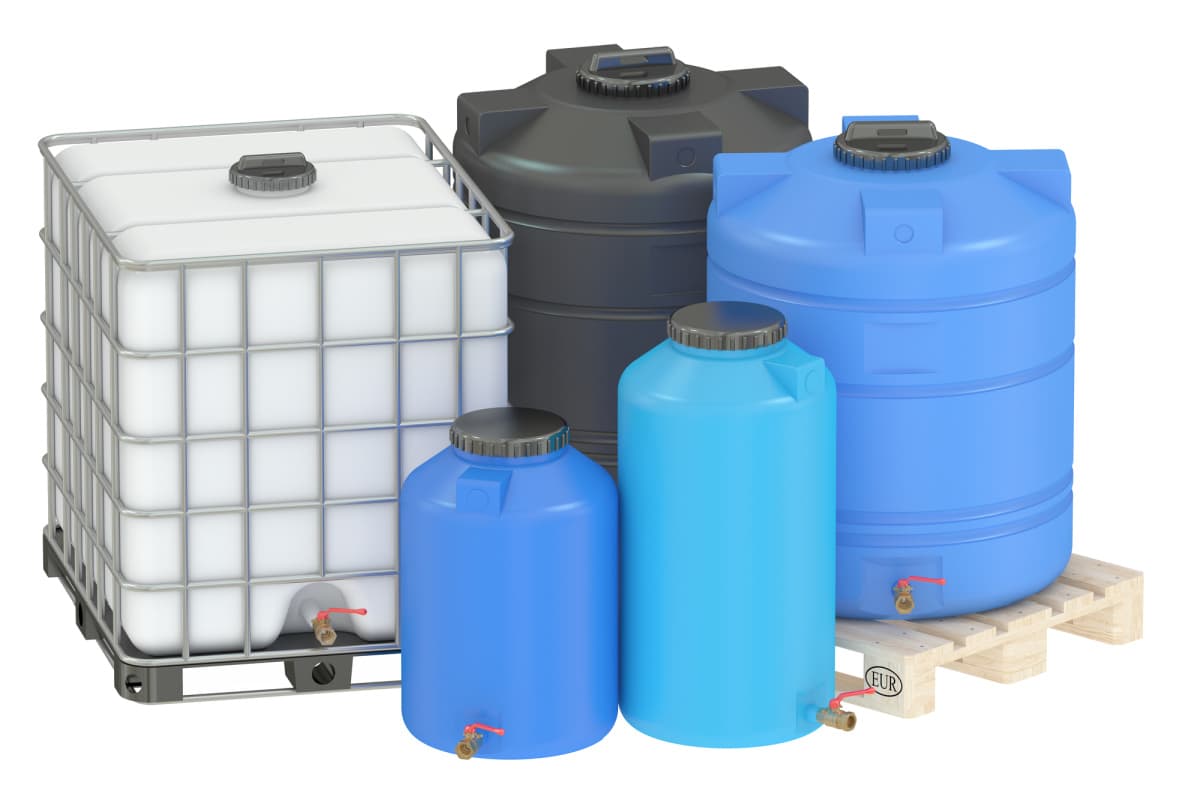
Water Purification
In addition to water storage, having a reliable water purification method is necessary. Options for water purification include:
- Boiling water
- Chlorine or iodine tablets
- Portable water filters (like LifeStraw or Sawyer Mini)
- Gravity-fed water filters (like Berkey systems)
Take the time to research different water purification methods and choose the one that works best for your situation.
In Conclusion
I hope this pantry prepper guide has given you some good ideas for creating and maintaining your own prepper pantry!
Let me know down in the comments below if you have any other tips or questions you’d like to ask.
